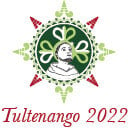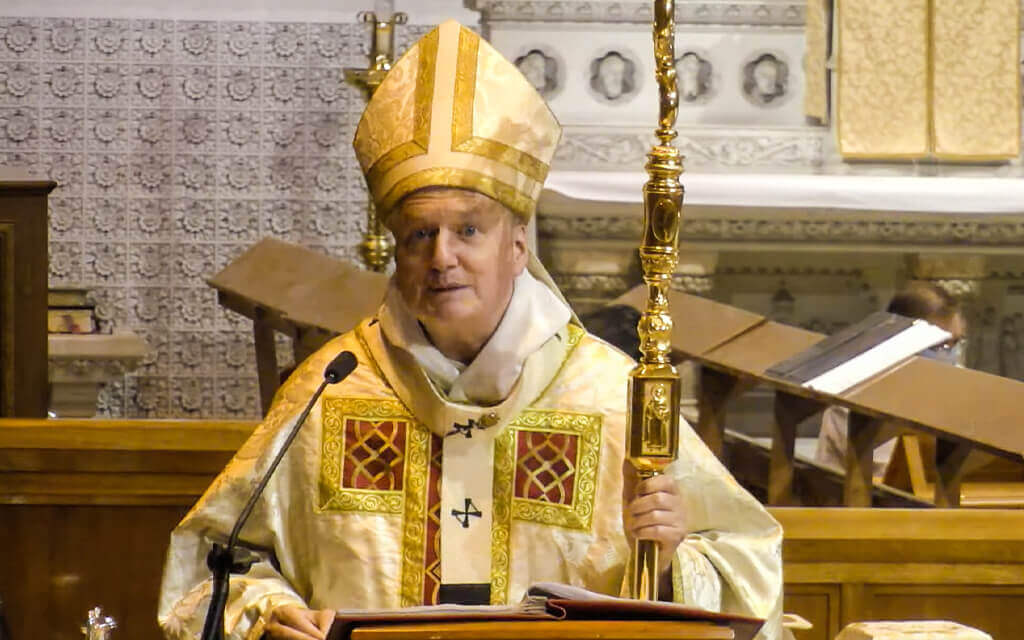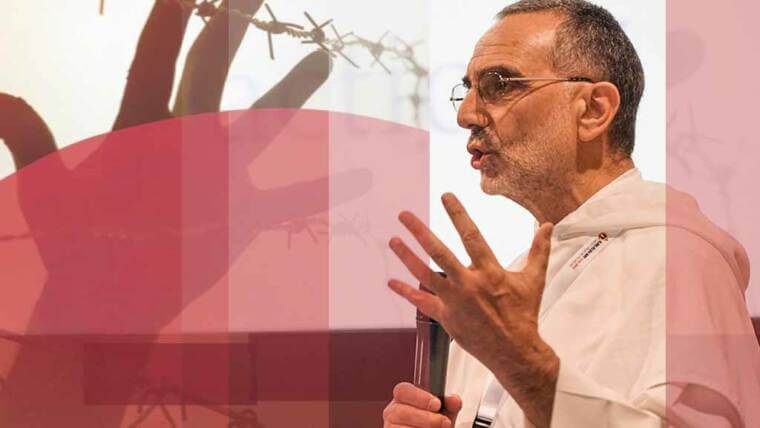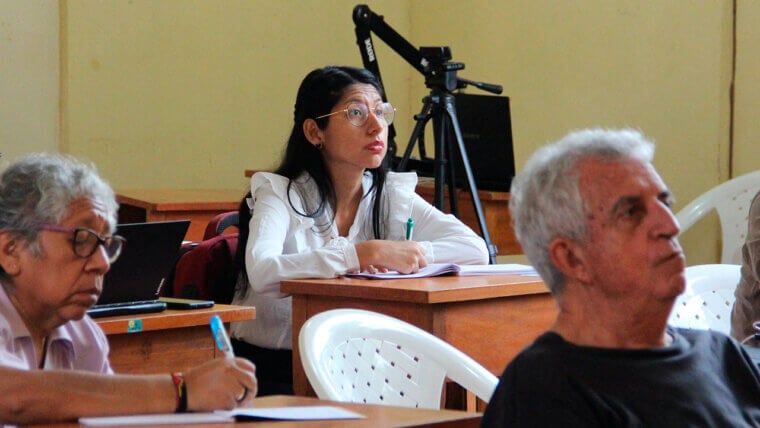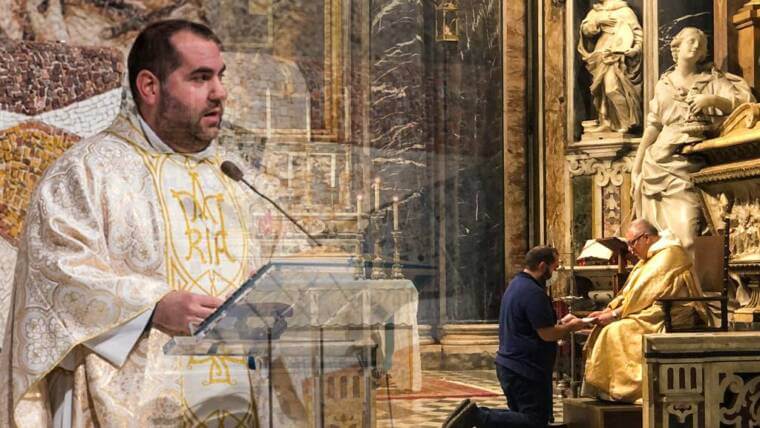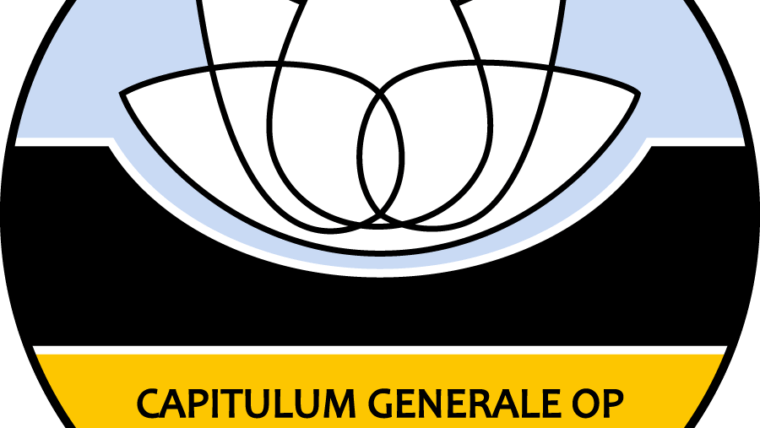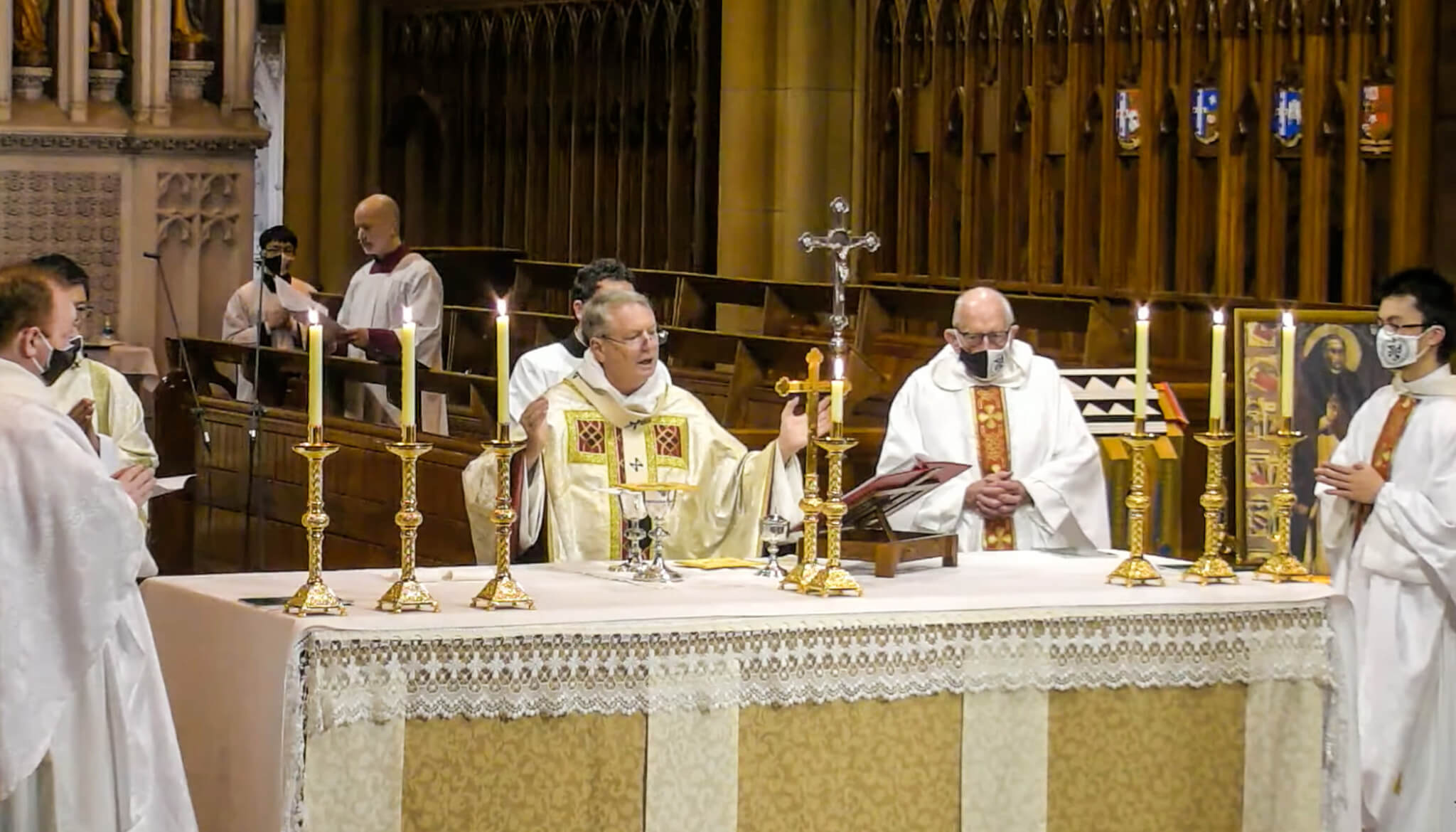
Archbishop Anthony Fisher, OP
Solemn Pontifical Mass for the Octo-Centenary of the Death of St. Dominic
St. Mary’s Basilica, Sydney, Australia
3 August 2021
Today in the Archdiocese of Sydney, Australia, we celebrate the 800th anniversary of the death of St. Dominic, founder of the Order of Preachers, who died on 6 August 1221.
The first Dominicans in Australia, Christopher Dowling and James Corcoran, were among the first priests to minister in Sydney. But there was no permanent presence of the Dominican brethren in Australia until 1898, when a priory was established in Adelaide, in South Australia, and there were none to the east in Sydney until 1923, when the friars were stationed in Helensburgh, Wahroonga and eventually Glebe, from which Dominicans now operate three parishes and two university chaplaincies. Meanwhile the friars spread all around Australia much as they did around Europe in St. Dominic’s day, and they eventually became the Province of the Assumption of the Blessed Virgin Mary in the region of Australia, New Zealand and the Islands.
Dominican Sisters arrived in Sydney in 1867 but went first to minister up Maitland way; they then returned in 1894 to establish themselves at Santa Sabina in Strathfield and elsewhere. Together with the friars, in 1956, they began a very successful mission to the Solomon Islands, to the northeast of Australia. As these sisters spread across Eastern Australia, other congregations sent sisters to South and Western Australia. The Dominican Sisters of Malta came with the great wave of migrants to post-war Australia and have been in Pendle Hill-Blacktown since 1965. The Dominican Sisters of St. Cecilia came from Nashville, USA, in the lead-up to the 2008 World Youth Day, and have been in Regent’s Park ever since.
Lay Dominican fraternities in Sydney go back to 1946 or earlier. Add all those touched by the works of the Dominican family in parishes, schools, university chaplaincies, care of the elderly and disabled, missions and other ministries, and the Dominican family has had a very considerable footprint in this archdiocese, this country and beyond.
But let us go back to St. Dominic, the only friar present at the “Council of Friars” or “Great Council,” as the Fourth Lateran Council was known. This Council, which took place in 1215, included the greatest mediaeval pope, Innocent III, 71 patriarchs and metropolitans, 412 other bishops, around 900 abbots, priors and periti (theological consultants), together with envoys of the Holy Roman Emperor and monarchs. In an era of dizzyingly rapid social and cultural change, some sought meaning in the secular wisdom of the universities, some in burgeoning affluence and others in the “new age” spiritualities of the Cathars, Waldensians and Beguines. The scandal of luxury, immorality and sheer ignorance among the clergy made Europe fertile ground for a resurgence of an ancient dualism. Cathars and Albigenses demeaned the material world, cast doubt upon the Incarnation, Passion and Rising of Christ, denied the efficacy of the sacraments and promise of resurrection, and trivialized bodily moral life. Many had “itching ears” and rejected sound doctrine, wandering after myths. Church and society faced a grave pastoral crisis and the old monastic and parish system was just not coping, so Innocent called the Council of Friars.
Lateran IV laid down a reform plan for the Church. In seventy-one constitutions, it restated the Catholic faith and addressed the reform of sacramental practice, formation, appointment and conduct of bishops, clergy and religious, Church administration and relations with non-Latins and non-Christians. But what had all this to do with the friars? Well, present at the Council, was the troubadour-bishop Foulques of Toulouse, along with his peritus, Domingo de Guzmán of Caleruega. For more than a decade de Guzmán had engaged in preaching and debating in the mission-field of Southern France, alongside Bishop Diego de Acebo of Osma and then Foulques. Some years before, he had founded a religious community of women, and some months before, a community of men. What the troubadour-bishop and peritus contributed to the Council’s discussions is unknown. But some of the canons that emerged were especially simpatico with Dominic’s evolving mission.
The Council insisted that celebrating the liturgy and providing pastoral care require theological education, and directed bishops to be more discerning with vocations and to provide better training. “It is preferable when it comes to the ordination of priests to have a few good ministers than many bad ones, for if a blind man leads another, both will fall into the pit!” the Council fathers said. Existing Church law requiring free education for clergy and the poor at cathedral schools was renewed, and metropolitan churches were now required to appoint a theologian to teach scripture and pastoral theology.
Canon 10 highlighted the need for a good education in Scripture and theology for “sound preaching.” Bishops were stretched thin and often too ignorant or busy to provide the needed preaching and catechesis. The Council therefore decreed that “bishops are to appoint suitable men to carry out advantageously the duty of sacred preaching, men who are powerful in word and deed and who will with care go out to the people entrusted to them… and build them up by word and example… [These men are to be] co-operators not only in the office of preaching but also in hearing confessions and enjoining penances and in other matters which are conducive to the salvation of souls.” Whatever Dominic’s aspirations before the Council, he was ready to respond with a new religious order “for preaching and the salvation of souls.”
Good things can emerge from Church synods! From Lateran IV came the mendicant friars: the friars minor, friars preachers and Austin and Carmelite friars, all invented or reshaped in answer to the Council’s bold call for a new evangelization. Having found its “charism,” Dominic’s team spread like wildfire. They took monasticism, learning and preaching to the pulpits and confessionals, the highways, the cities and universities and even to diocesan priesthood and lay life. Religious observances, a strong community life, an intellectual bent: all to feed a contemplative life, the fruits of which would be shared with others. Within a few decades, there were more than 10,000 Dominican friars and 3,000 more in formation, organized into 590 priories in 18 provinces; there were 141 women’s monasteries; and the Order was attracting many of the greatest preachers, teachers and mystics of the age—as well as a good many eccentrics…
But back in 1215 who could have imagined it? Dominic himself had only six years left in which to get constitutions written and approved, set up headquarters in Rome, crisscross Europe to establish new houses, put in place solid formation for his men, continue his care for the Dominican women and organize general chapters to make all-important decisions for the Order in as democratic a way as possible. In so doing, he spent himself completely until, at only age 50, he did what he said would be best for the Order: he died! “Do not weep, my children,” he said on his deathbed after making a general confession, “I shall be more useful to you where I am going than I have ever been in this life.”
“You are the salt of the earth…You are the light of the world.” These words of Matthew’s Gospel, given for this commemoration, might suggest that the life of St. Dominic, and ideally of his sons and daughters, should be salt and light. For the ancients, salt was a valuable staple product, used in the cult as a disinfectant, as a preservative and as a flavor-enhancer. To be salty in their preaching, then, requires Dominicans to offer their all to God in worship; to disinfect souls of sin, vice and the devil; to preserve the Gospels, apostolic tradition and the magisterium; and to proclaim the Word with a savor that attracts and converts the recipients.
For the ancients, light opposed the darkness, exposed reality and enabled people to see; light was a symbol of divine presence and grace, of holiness, salvation and glory, of revelation, wisdom and hope. To be light, then, requires Dominicans to be realists and serve divine revelation, to interrogate and communicate both reality and revelation with wisdom, to make their common life shine as testimony to others and thereby to lead people to salvation and glory. Thus, in iconography, Dominic is commonly displayed with a light shining over his head, pointing to these qualities that made him, and his sons and daughters, light to the world.
And shine they did! In due course Dominic’s family included characters as diverse as Hyacinth of Poland, Agnes of Montepulciano, Thomas Aquinas, Raymond of Peñafort, Albert the Great, Catherine of Siena, Meister Eckhart, Henry Suso, Vincent Ferrer, Antoninus of Florence, Fra Angelico, Savonarola, Francisco Vitoria, Cajetan, Pius V, Adrian Fortescue, Catherine de’ Ricci, John of Gorkum, Bartolome de las Casas, Rose of Lima, Martin de Porres, the Martyrs of Vietnam, Bartolo Longo, Jean-Baptiste Lacordaire, Reginald Garrigou-Lagrange, Pier Giorgio Frassati, Yves Congar, Edward Schillebeeckx and Herbert McCabe, to name a few… There are many things this roll-call shows us, but one is the sheer variety of ways there are to be a preacher-saint. Today, in over 100 countries, 6,500 Dominican friars, 4,000 nuns, 35,000 active sisters, and over 100,000 lay Dominicans bring their own temperaments and gifts to the task of proclaiming the Gospel.
In our age, another ecumenical council, the Second of the Vatican, had not just one, but many Dominican friars present, including cardinals, bishops and theologians. That Council and the five popes since called the Church to a newer evangelization, proclaiming the Gospel with fresh eyes and minds, voices and methods, heroes and audiences. We need new Dominics for this project, ready in Paul’s words, to “proclaim the message and insist on it, in season and out, refuting falsehood, correcting error, calling to obedience, but all with patience and with the intention of teaching.” We need people with big minds and hearts to share the Gospel of Truth and Love, salt where the Gospel has lost its savor in people’s hearts, light where the good and true and beautiful are yet to be seen.
“O wonderful hope which you gave to those who wept for you at the hour of your death, promising after your departure to be helpful to your brothers and sisters.” Holy Father Dominic, pray for us.

